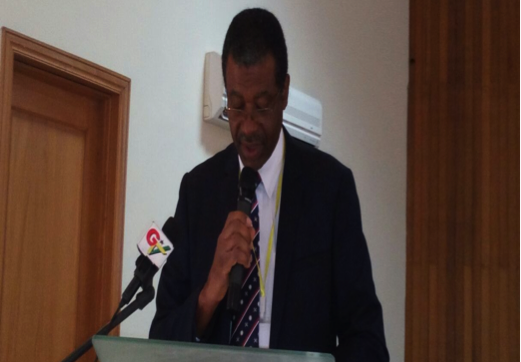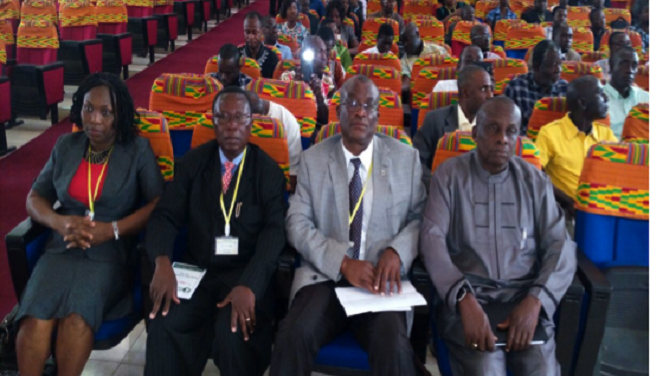
Economic environment attracts investment in mining sector
Ghana has succeeded in attracting significant mining sector investment since the onset of the Economic Recovery Programme (ERP) in 1983 because of its favourable economic environment, the Chief Executive Officer (CEO) of the Minerals Commission (MC), Dr Toni Aubyn, has said.
Advertisement
He said it was also gratifying to note that Ghana’s favourable investment environment had continuously encouraged new mines such as Asanko Mine, which was inaugurated in June 2016, to begin operations.
Additionally, Dr Aubyn indicated that the existing multi-national mining companies such as AngloGold, Newmont, Gold Fields, Golden Star Resources, Kinross, Adamus Resources Limited and others, continued to operate in the country favourably.
The key results of those investments, he said, had brought about significant increases in production of virtually all the major minerals, including gold, manganese, bauxite and diamonds.
4th UMaT biennial international conference
Dr Aubyn said this in a speech read on his behalf at the fourth biennial International Mining and Mineral Conference of the University of Mines and Technology (UMaT) at Tarkwa in the Western Region.
Delegates from Asia, Europe, North America, Australia and Africa are attending the four-day conference on the theme, ‘‘Innovations in Mining and Mineral Processing: Expanding the Frontiers of Mining Technology.’’
Dr Aubyn said the production of gold increased by 176 per cent from 1.59 million ounces in 1996 to over 4.4 million ounces in 2014. However, there was a drop in 2015, largely on the account of suspension in production at the AngloGold Ashanti (AGA) mine at Obuasi, as well as declining gold price.
He observed that in 2015, total gold production was about 3.7 million ounces.
According to him, the mining sector also contributed 14 per cent of government revenue as collected by the Domestic Tax Division of the Ghana Revenue Authority.
“Over the past decade, the mining sector has provided an average of 40 per cent of the total merchandise exports of the country,” he added.

Some delegates at the confab.
Employment
Furthermore, Dr Aubyn said, the sector also employed over 22,000 people in the large-scale mining and mine service support industry while an estimated one million people were engaged in the small-scale gold, diamond, sand winning and quarry industries.
He indicated that the 2013 Revenue Watch Institute (RWI) Resource Governance Index (a measure of transparency and accountability in oil, gas and mining sectors), rated Ghana as the 15th most compliant country out of a total of 58 countries that were assessed.
Abundant resources
In his welcome address, the Vice Chancellor of UMaT, Prof. Jerry S.Y. Kuma, said most nations developed by exploiting their mineral resources, and added that, ‘‘Our motive is seated on the fact that Ghana is endowed with abundant minerals which have to be exploited for national development.’’
Prof. Kuma said, “the country does not only boast gold, diamond and manganese but also other mineral deposits such as limestone in Buipe and Nauli, the columbite-tantalite and beryl deposits along the coast, quartz in Bogyesango, garnet in the Shai hills and iron in Podu, Sheini and Opon Manase.’’




